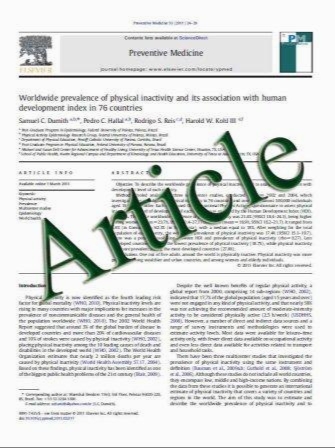Displaced distal forearm fractures in children with an indication for reduction under general anesthesia should be percutaneously fixated
- نوع فایل : کتاب
- زبان : انگلیسی
- مؤلف : Pim W. van Egmond Inger B. Schipper Peter A. van Luijt
- چاپ و سال / کشور: 2011
Description
Purpose Worldwide, many displaced distal forearm fractures in children are treated by closed reduction under local anesthesia and cast immobilization. If mal-alignment of the fracture persists after initial reduction attempt, final fracture reduction will be performed under general anesthesia, followed by cast immobilization. The purpose of this study was to analyze the results of minimally invasive fixation with K-Wire or ESIN after fracture reduction in children under general anesthesia, compared with the results of closed reduction and plaster immobilization. We hypothesize that primary percutaneous fixation prevents secondary redisplacement and reduces the number of secondary interventions. Methods All skeletally immature children who sustained a distal forearm fracture, and treated under general anesthesia in the operation room (OR), were included. The patients were analyzed according to three treatment groups and fracture type. The primary outcome measure was the number of patients who required a second procedure of fracture reduction after initial treatment. Results A considerable amount of children with displaced distal forearm fractures treated by closed reduction and cast immobilization show loss of reduction and require secondary reduction (43.7%). After closed reduction with primary internal fixation, with minimally invasive techniques such as K-wires or ESIN, secondary loss of reduction did not occur. Conclusions Additional internal fixation after reduction of a forearm fracture minimizes the secondary displacement risk and the subsequent risk of a re-intervention. Therefore, primary minimal invasive fixation of displaced distal forearm fractures after closed reduction under general anesthesia seems preferable to closed reduction only and is strongly recommended as the preferred treatment strategy.
Eur J Orthop Surg Traumatol DOI 10.1007/s00590-011-0826-6 Received: 2 March 2011 / Accepted: 1 June 2011


